For Her
Benefits of Winter Walking
Walking in cold weather actually has benefits that are specific to the season. It’s always a good idea to get moving in your free time, so hopefully some of these advantages to winter walking will motivate you!
It Burns More Calories
Your body has to work harder to stay warm if you take your daily walk outside in the cold, meaning you burn more calories with the same amount of effort.
It Exposes You to Sunlight
This is a rarer occurrence during winter months, but still a vitally important one. Just 15 to 20 minutes of sun exposure a day is enough to help stimulate the production of vitamin D in your skin, which is crucial to your body’s absorption of calcium, and to help stave off Seasonal Affective Disorder from lack of sunlight.


It Boosts Endorphins
Getting your body moving produces endorphins (happiness hormones), and these are welcome friends during the darker, colder winter months that can sometimes trigger any level of Seasonal Affective Disorder.
Consult your doctor before beginning a new exercise routine, and be careful in colder temperatures if you have asthma, COPD, a heart condition, or any other circumstances that could be affected by the cooler temperatures. Always be sure to dress appropriately, especially choosing shoes with good traction.
3-Minute Moisturizing Window
We all know that winter can wreak havoc on your skin. Numerous products tout their effectiveness to keep you moisturized. However, experts at the Mayo Clinic have revealed that regardless of the products you use, there may actually be an optimal time to moisturize.
The Mayo Clinic recommends applying your chosen moisturizer as soon as you step out of the bath or shower onto your bath mat, even before drying your skin. Here’s why:
- Your skin has been optimally soaked in hydrating water from the shower or bath.
- Your pores are more open thanks to steam and higher temperatures.
- Your moisturizer, likely containing an oily base, will be able to seal in the water on your skin.
It’s referred to as the 3-Minute Moisturizing Window, suggesting that once three minutes have passed, your skin will no longer be carrying as much hydration from your bath or shower, and your pores will have begun closing back to their normal state.
Apply your moisturizer as soon as you step out of the bath or shower, even before drying your skin!
For Mom
Soothing Sore Throats



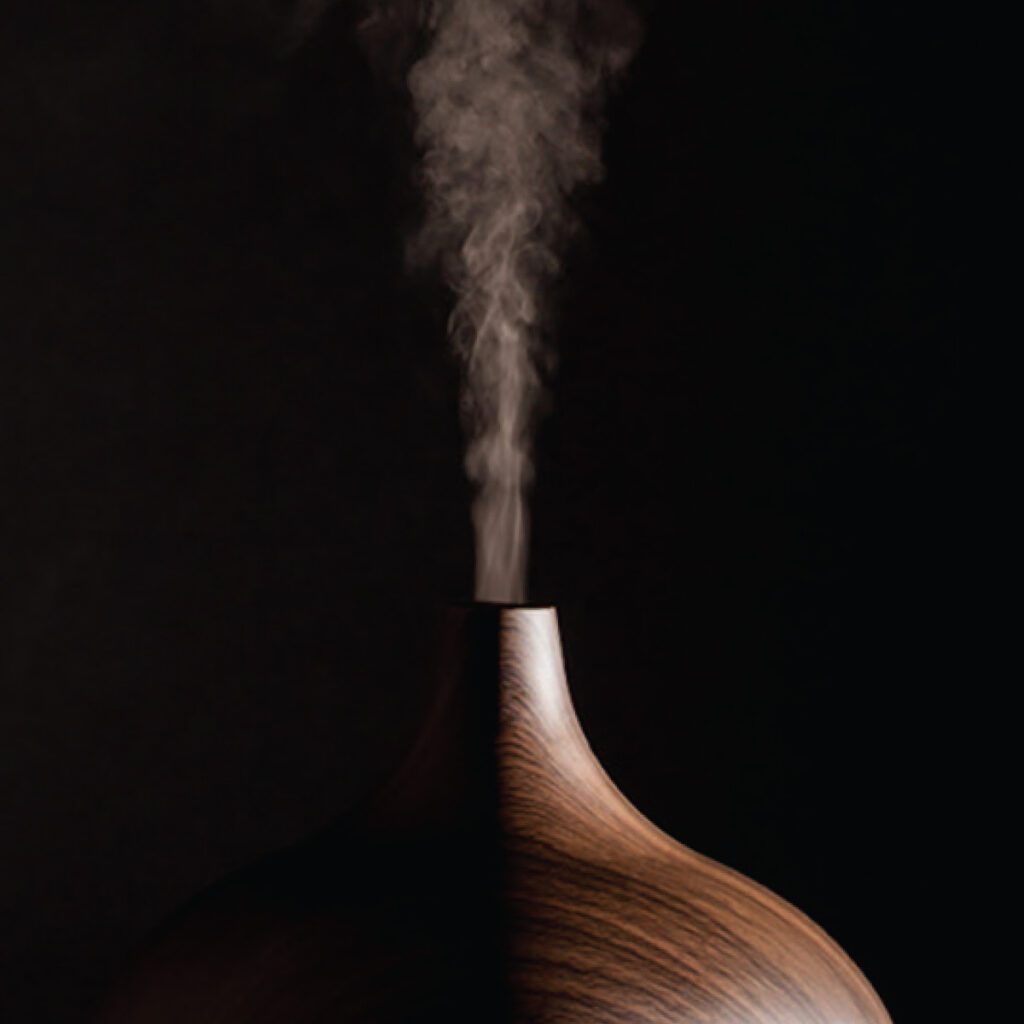


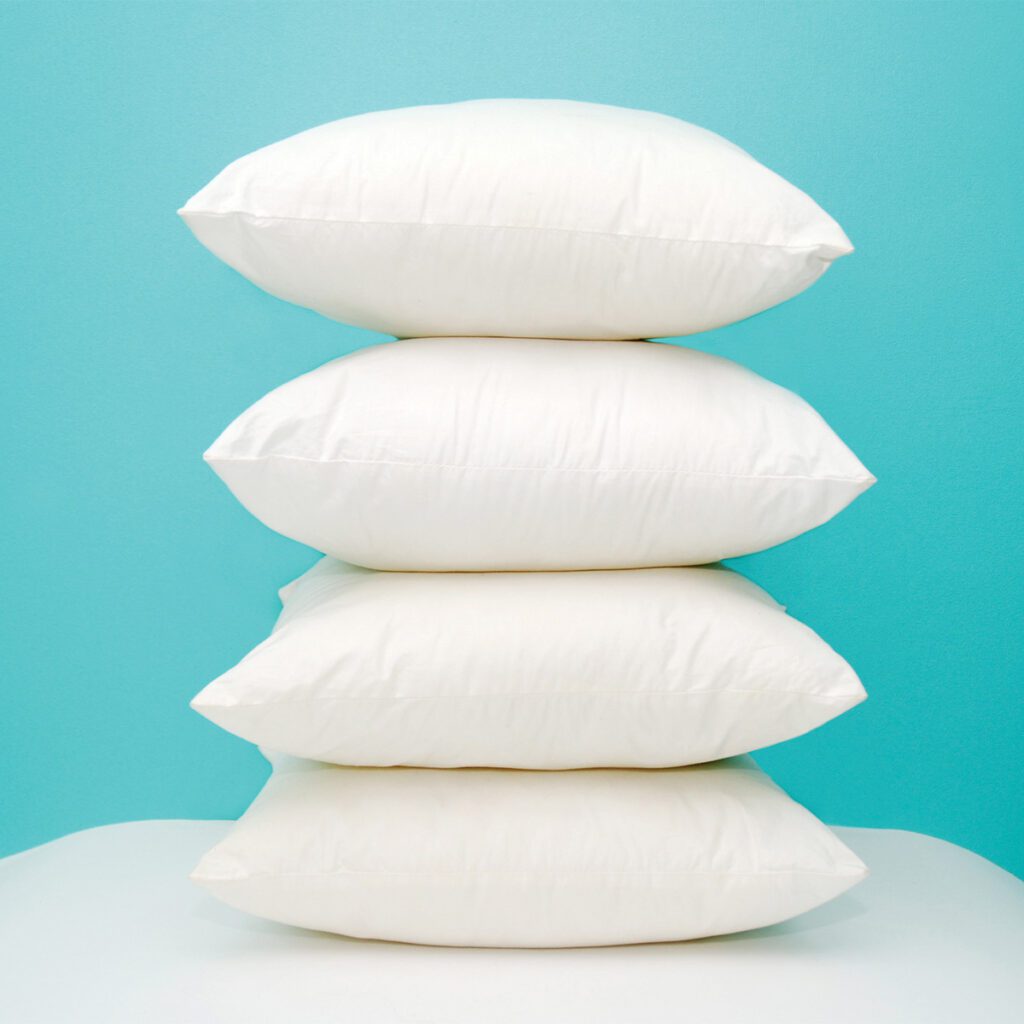





When your child comes home sick, it’s not fun for anyone. If they’re suffering from the pain of a sore throat, there are several approaches you can take to help ease their pain and expedite their healing process.
1. Push fluids. Dehydration makes secretions and throat irritation worse. Keep them hydrated to help clear out the fluids and infection faster.
2. Have them gargle warm salt water. Gargling at least once an hour can help reduce swelling and irritation, prevent further irritation from post-nasal drip, and clean some of the affected area to speed healing.
3. Encourage them to sip infused warm water. Let them drink warm water with honey, lemon juice, and turmeric, ginger, or cayenne. This combination can help soothe inflammation and fight infection as the ingredients have antimicrobial and soothing properties.
4. Have them use a humidifier. A humidifier can keep their nasal passages and throat assuaged and protected from irritating dry air.
5. Give them anti-inflammatories. These help relieve the pain, swelling, and inflammation associated with sore throats. Opt for ibuprofen if possible.
6. Let them rest. You’ve heard this a million times, but it’s true! Children’s bodies need help fighting off the virus, bacteria, or irritation which has infected their throat. Have them rest to speed their recovery.
Indoor Playtime
Winter days at home can be a restless time for your kiddos, but it’s still important for them to be physically and mentally active – which is why we’ve compiled a few ideas to help you keep them active and engaged indoors!
Make homemade slime or playdough, because the process of making these two moldable mixtures is as much fun as playing with them. Countless recipes for both are available online, and you can enjoy making them with your kids’ help.
Build a cardboard fort, castle, or spaceship.
Let them “sumo wrestle” by stuffing their shirts with pillows in a cleared area of the living room. Play referee.
Create an indoor scavenger hunt with challenging riddles and a surprise at the end.
Let them race marbles or tiny cars down the tunnels of both halves of a pool noodle that you cut in half, length-wise, with a serrated knife.
Make a reading nook, stacked high with pillows, blankets, and flashlights. Snuggle in for a few hours of reading together.
Let them build anything they can imagine with dry spaghetti noodles and mini marshmallows.
Have an art or sewing class at the kitchen table. Teach them something you enjoy.
For the Whole Family
Keeping Sinuses Clear



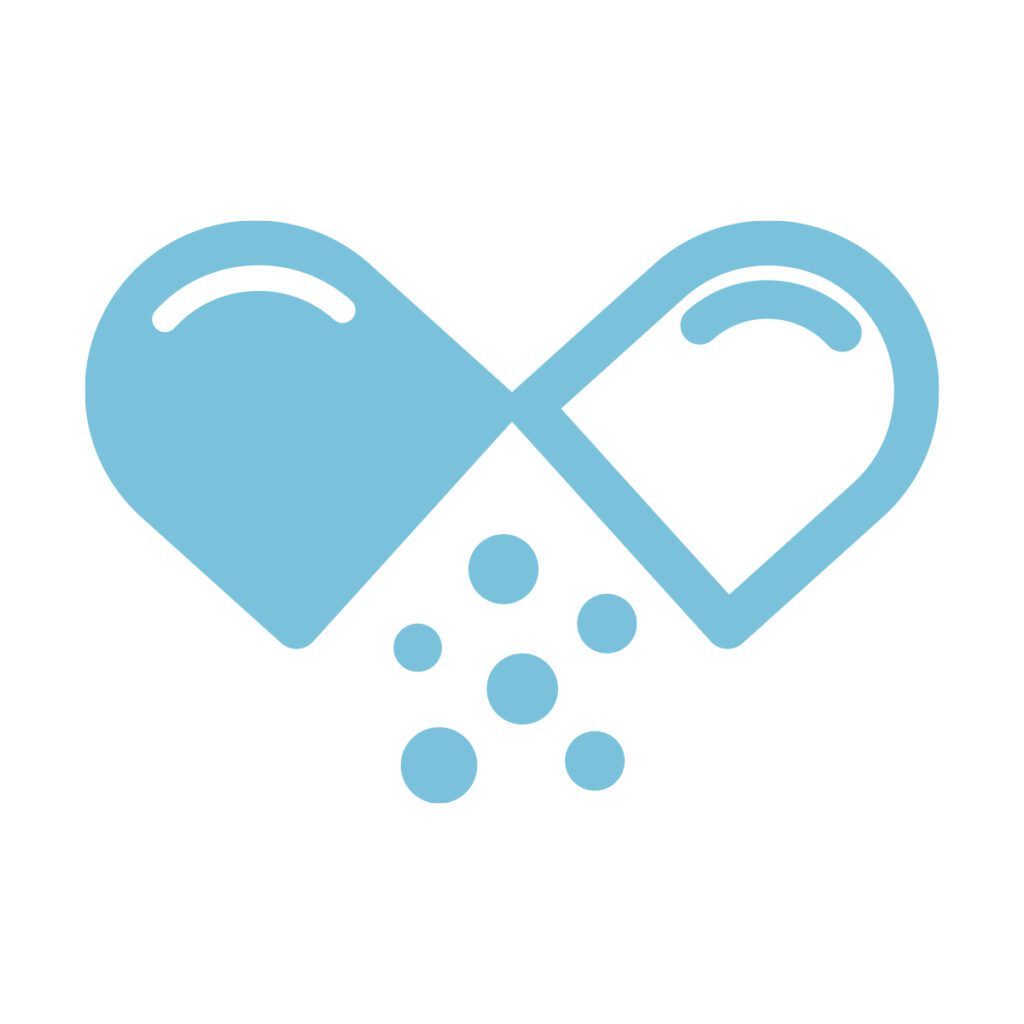


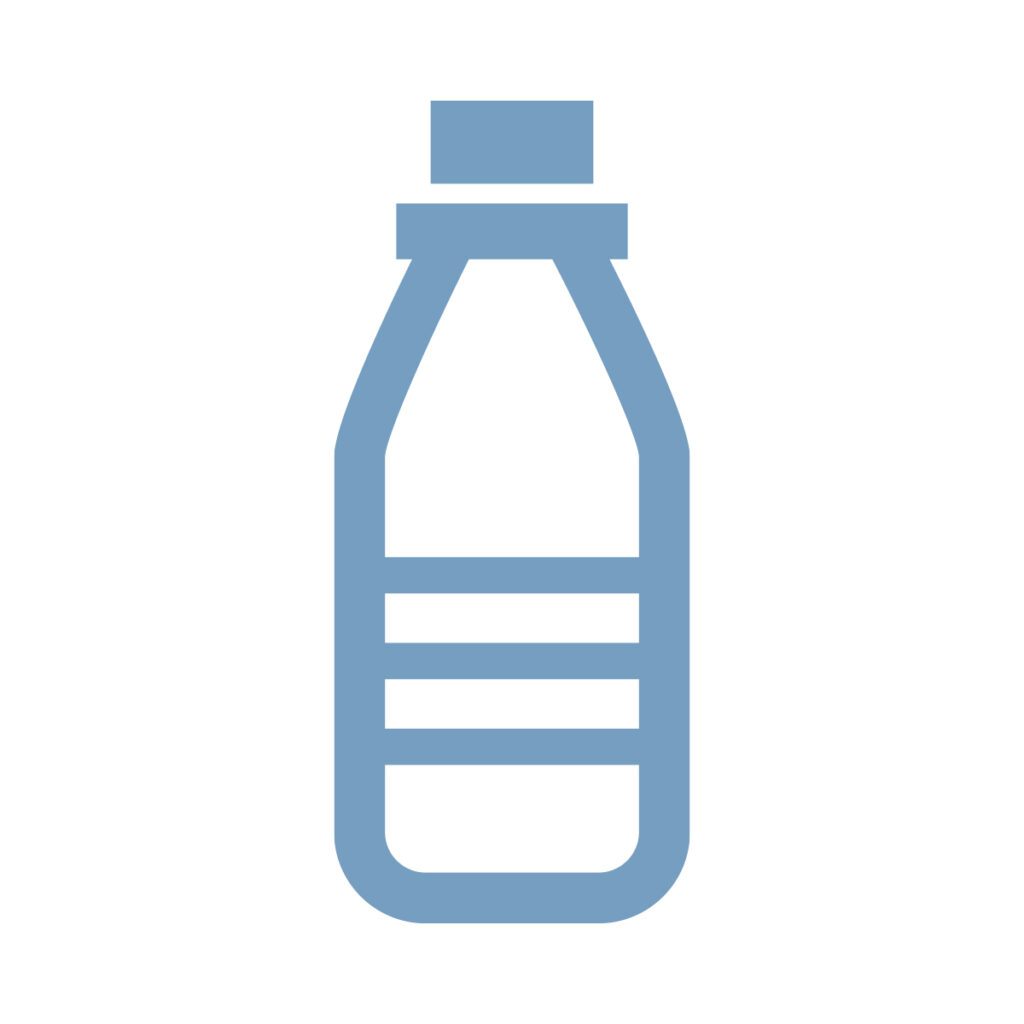


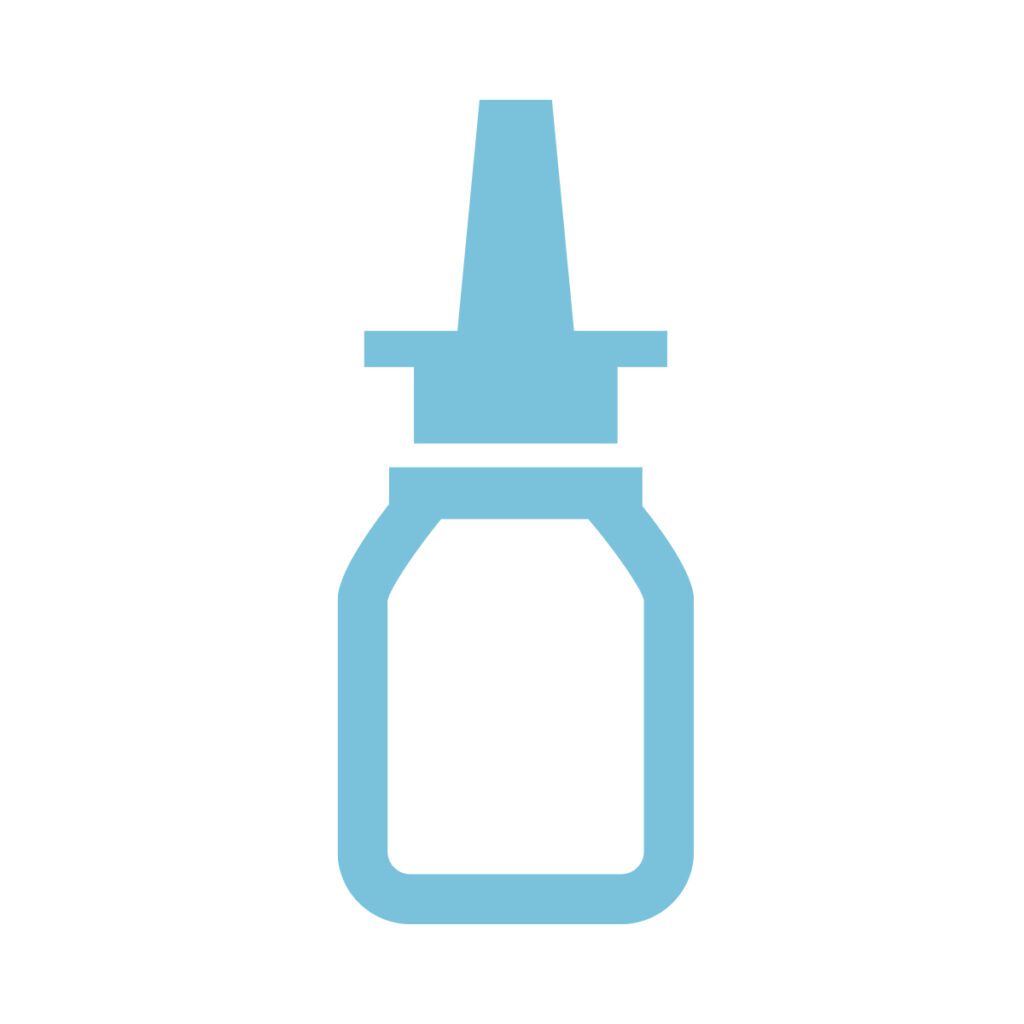


Sinus congestion is caused by anything that inflames or irritates the sinus tissue. These can range from tobacco smoke to cold or flu viruses, allergies, dry air, and various other irritants. This means keeping your sinuses clear can certainly be a challenge throughout the winter when viruses and cold, dry air are most prominent. However, there are a few tips that can help you maintain healthier sinuses and effectively treat stuffy or infected sinuses.
Avoid irritants
Using a humidifier to combat dry air, staying inside, abiding by your allergy treatment, and avoiding smoking areas, sick people, or other irritants are the best ways to keep your sinuses healthy.
Treat your allergies
If your sinus congestion and irritation is accompanied by other allergy-related symptoms, try an over-the-counter antihistamine or see your doctor for treatment options.
Drink plenty of fluids
This helps thin out mucus and other secretions and also helps your body fight off any viruses it may have contracted.
Rinse your sinuses
Try a saline rinse or spray to help clear your sinus passages and relieve inflammation in the sinus tissues.
Cold Weather Closeness
Cold weather can often be associated with loneliness, but it doesn’t have to be. It can be a time where you focus on building healthy relationships with those closest to you.
Research conducted by Newcastle University and reported by Science Daily has led to an interesting and uplifting conclusion. Apparently, during the colder months, we spend more time reaching out to our family, friends, and loved ones via cellphone calls.
The study analyzed the call patterns of 1.3 million cellphone users. They determined that during “uncomfortable weather,” including the cold months of winter, we tend to reach out most to close friends and family. Rather than reaching out to a wider network of friends and acquaintances, callers contacted friends and family not just more often, but also for longer periods of time.
So if staying indoors during chillier temps has you down, take heart in the fact that this is a special time of year when, possibly influenced by the weather, you can build stronger and healthier relationships with those who matter most.



For New Moms
Bundle Up Baby
Infants haven’t fully developed the ability to regulate their body temperature, making them more susceptible to issues from extreme temperatures, like overheating. It’s easy for babies to overheat in the winter when we tend to turn up the thermostat, or if we bundle them in too much fabric to compensate for the cold.
Here are some ways to keep your baby warm, but not too hot:
Layers!
Dressing your baby in a bodysuit-style onesie, topped with a fleece footed body suit, and a sweater or jacket is a great way to transition from inside to outside and keeps your little one comfy.
Safe Sleeping
Don’t forget that loose bedding and extra blankets are a risk for your baby. Instead, stick to the multi-layer option – a long-sleeved onesie, topped with footed P.J.s. And try to err on the side of a little cool, because overheated infants have a higher risk of SIDS.
Unbundle Inside
Dressing your baby in a bodysuit-style onesie, topped with a fleece footed body suit, and a sweater or jacket is a great way to transition from inside to outside and keeps your little one comfy.
Cover Hands, Feet, & Head
Don’t forget that loose bedding and extra blankets are a risk for your baby. Instead, stick to the multi-layer option – a long-sleeved onesie, topped with footed P.J.s. And try to err on the side of a little cool, because overheated infants have a higher risk of SIDS.
Try the “Plus One” Rule
Dress your baby in one more layer than what you’re comfortable wearing.
For Him
Immune Boosting Foods
It’s that time of year, and whether you’re prepping meals to keep the family healthy or just trying to prevent taking sick days this winter, here’s a list of some of the most powerful immune-boosting foods that you can work into your diet.
Fennel helps clear congestion and ease coughs as a natural expectorant.
Anise Seeds have antibacterial properties and can soothe a cough or congestion.
Garlic boasts a sulfuric compound that contains strong antioxidants, which strengthen immunity.
Beef is a rich source of Zinc, a cold-fighting essential mineral.
Oysters also contain cold-fighting Zinc.
Oily fish are stocked with Omega-3 fatty acids, which reduce inflammation throughout the body.
Bell peppers are a more potent source of immune-boosting vitamin C than even a large orange.
Citrus is a great source of vitamin C, which can reduce the duration of a cold.
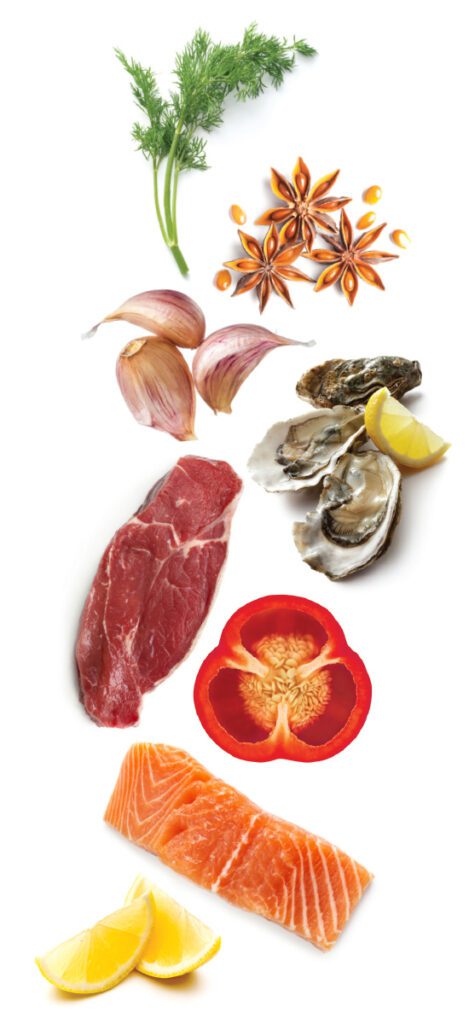


Beating the Holiday Heartburn
We all look forward to holiday meals. It’s some of the best food you eat all year after all! But the normal routine of sitting down to a big holiday meal followed by kicking back in the recliner and watching football is really the ideal foundation for heartburn to hit hard.
That’s because overstuffing your stomach and then leaning back gives stomach acid easier access to your esophagus. Here’s a list of simple ways to beat the burn this holiday season:
Don’t overeat. Savor each bite and stick to normal, smaller portions.
Be picky. Don’t waste stomach space or calories on food items that aren’t your favorite.
Don’t eat close to bedtime. Give yourself at least three to four hours between your last bites and bedtime to let your stomach settle.
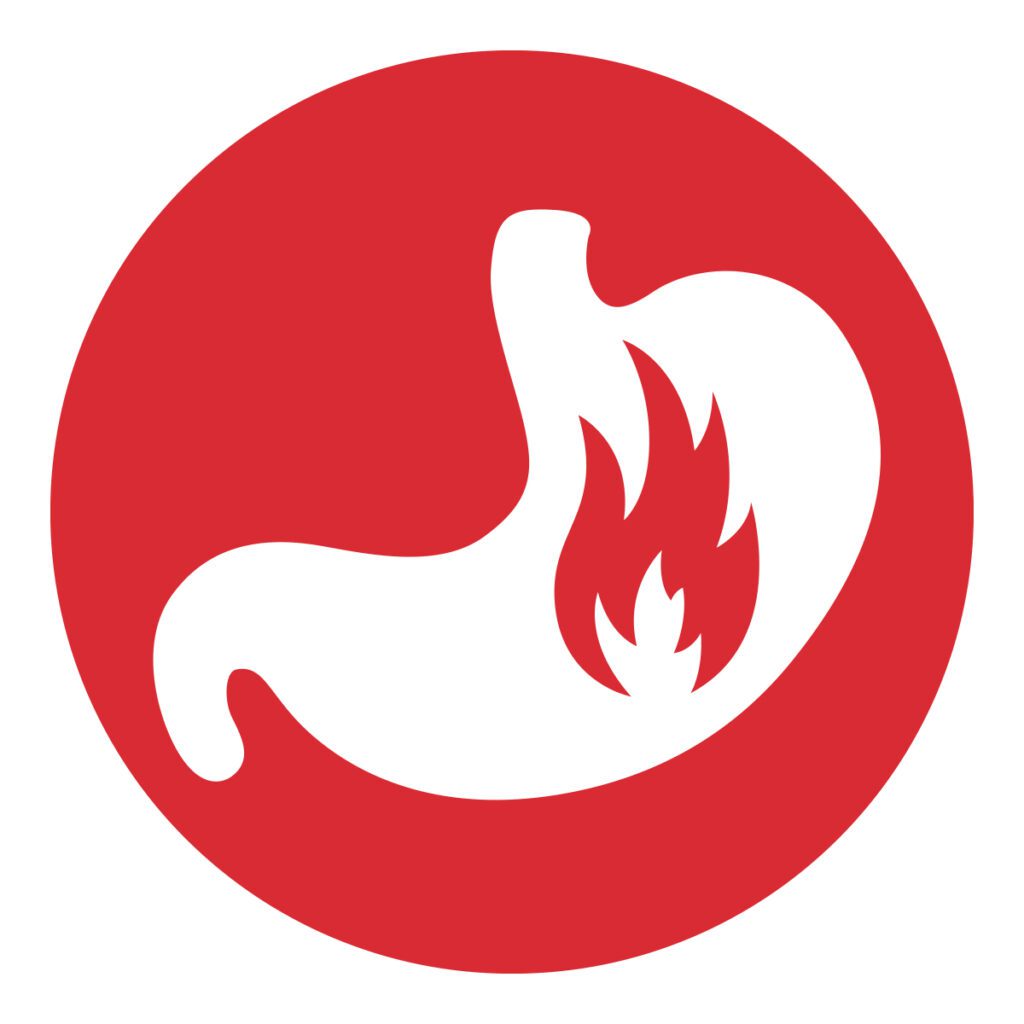


Know your weaknesses. Be aware of which foods trigger your heartburn. Typical suspects include: caffeine, alcohol, sodas, citrus juices, chocolate, tomatoes and tomato sauces, and onions.
Go for a walk after eating. This is a great practice to adopt that helps with digestion and allows your stomach acid to settle.
Don’t recline too soon. If you don’t go for a walk, at least stay upright for half an hour or so after dinner. Gravity keeps your stomach acid away from your esophagus this way.
Preempt. Go ahead and pop a few antacids before dinner even starts, and if you know you’re in for a hard night of heartburn, be prepared with your choice of over-the-counter or prescription treatment.

